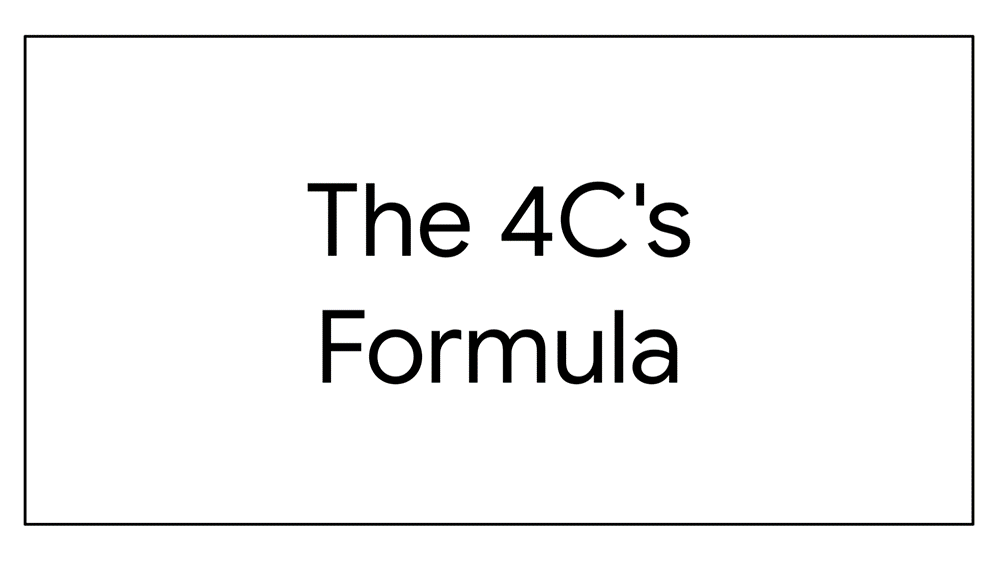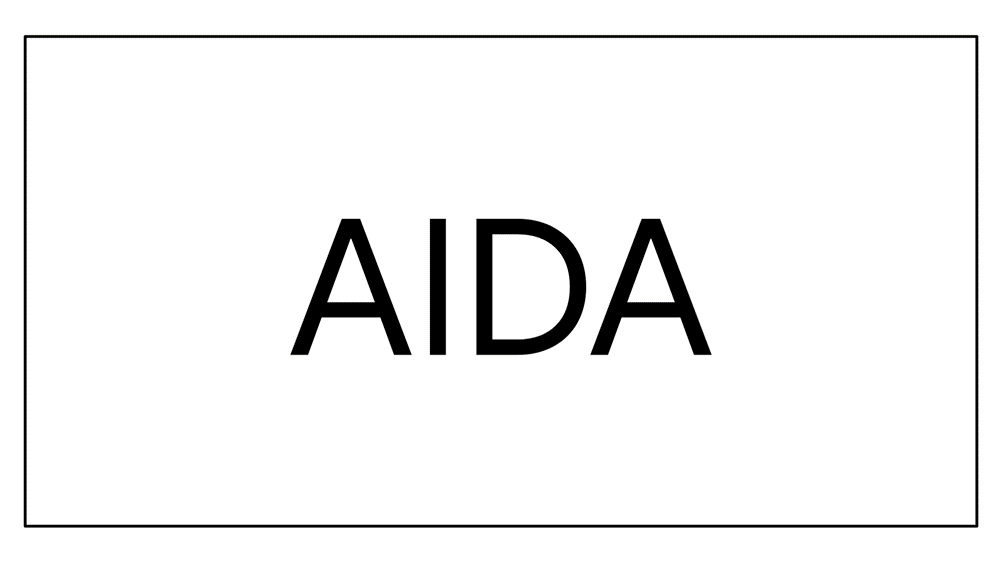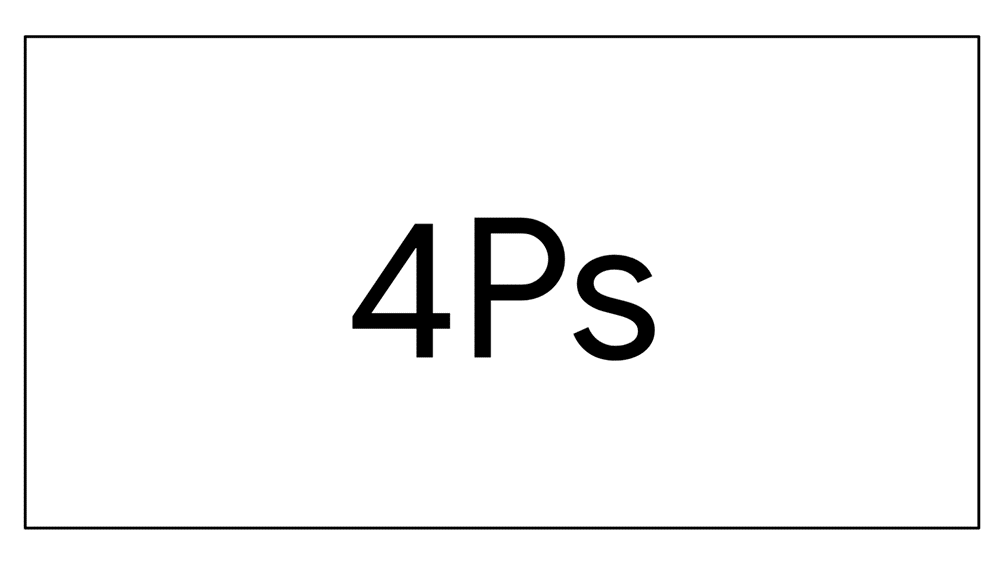Copywriting is essentially a sort of creative writing that is used to persuade an audience to take action, but as every copywriter knows, this isn’t always easy.
There are a myriad of copywriting formulas to help you cover all your bases, as there are a number of aspects that determine whether a reader takes action.
So, which should you go with? No size fits all, the formula you’ll adopt will entirely depend on the type of content, genre, style, audience and so on.
Continue reading to learn about 8 such brilliant copywriting formulas that you can use to write as many as 10 articles per day.

What are the characteristics of a good copywriting formula?
There are a few elements that all the effective copywriting formulae have in common:
They are simple to learn and master, and they can assist both new and veteran copywriters in producing excellent copy rapidly.
- They also have a proven track record — in some cases, decades of success. When writing anything, you should use copywriting formulas.
- They’ll make it easier for you to face the blank white page without flinching. They’ll make it easier for you to come up with A/B test ideas.
- They’ll assist you with determining what’s wrong with a button, a headline, or even a video script.
So, let’s take a look at some of the most effective copywriting formulas — and why you should consider using them. (Keep in mind that anyone can use a formula — all it’s about is the technique!)
1. The 4C’s Formula
The 4Cs formula stands for: Clear, concise, compelling, and credible copywriting. Let’s analyze that.

· Clear: Everyone should be able to understand your copy. You can make your writing clearer by utilizing small words, short sentences, headings, and bullet points, according to Bly, but true clarity begins with an awareness of your audience and purpose.
· Concise: This refers to conveying information in the fewest number of words possible.
· Compelling: Copy must also be compelling in order for your audience to actually read it. What is the key? The reader’s wants, problems, and desires are the focus.
· Credible: Last but not least, your copy should be believable. White papers thought leadership articles, and client testimonials should all be published. While overcoming reader scepticism, these content styles can nonetheless express crucial brand messages.
2. The Four U’s
In addition to the 4 C’s, the 4 U’s is another copywriting formula. They stand for Urgent, Unique, Useful and Ultra-Specific.

This one has a bit more oomph than the other four C’s. This is a terrific technique to offer an extra push to your target audience without feeling like you need to take a shower as soon as you click publish.
· Urgent: People are more likely to open an email, click through to an article, or buy an ebook if the headline is urgent.
· Unique: Uniqueness is important because people will ignore your content if they have seen comparable content or benefits elsewhere. Everything from your writing style to the advantage visitors receives from reading your content contributes to the originality of your copy.
· Useful: Why should visitors read your content if it isn’t useful? Your copy can be one-of-a-kind, hyper-specific, and time-sensitive without being useful. Readers are drawn in by your content’s originality, but it’s the utility that keeps them reading. You must deliver a benefit, solve a problem, or provide value to your audience in some way.
· Ultra-specific: Content can be beneficial even if it isn’t specific, but the more detailed your text is, the more useful it will be. It’s also possible that the content is extremely specialized but useless. This occurs when your material does not adequately fit your target audience or fails to address a problem that your target audience is experiencing.
You can also include SEO writing to make your content ultra-specific for your audience.
3. Attention-Interest-Desire-Action (AIDA)
The AIDA Model describes the cognitive phases that a person goes through while purchasing a product or service.

It’s a purchasing funnel in which buyers move from one stage to the next in order to help them make the ultimate purchase.
Since social media has extended it to achieve the various aims of AIDA by information supplied by other consumers via social networks and communities, it is no more a relationship solely between the buyer and the enterprise.
AIDA is a copywriting acronym that stands for: Attract, or Attention, Interest, Desire, Action.
· Attract/Attention: This method emphasizes the significance of grabbing a reader’s attention immediately in order to entice them to read more of the text. This can be done using a captivating title, a strong topic sentence, or a thought-provoking query.
· Interest: AIDA’s next phase is to pique someone’s interest in a product or service. Writers might pique readers’ interest in emphasizing a distinguishing trait or delivering a compelling tale about the product or company.
· Desire: It’s critical that the writer persuades the reader to want what they’re selling. Writers can accomplish this by incorporating testimonials, endorsements, statistics, quality guarantees, and demonstrations of the product’s benefits.
· Action: The final component of AIDA is to prompt the reader to take immediate action. This can be done by recommending that customers click a link to see plans and prices, sign up for a trial period, join an email list, or buy a product.
From YouTube commercials and landing sites to email newsletters and social media postings, this popular copywriting technique may be used in a variety of content formats.
The essence of AIDA is simple: draw attention by being witty, sarcastic, or off-kilter.
Once you’ve piqued a reader’s attention, the next step is to convert their curiosity into a want to learn more about your company, followed by a call to action.
List of AI Copywriting tools that allows you to generate AIDA-friendly content with the help of AI:
- Jasper AI offers an AIDA template. Try Jasper For Free
- Copy AI supports AIDA writing. Try Copy.ai For Free
- Rytr AI writers AIDA content. Try Rytr.me For Free
4. Creating a narrative
In your copy, telling a tale might be appealing to readers.

On a company’s website, many copywriters narrate the founding narrative of a company or product.
The story can focus on how a product solved a problem for a person or society, or how it aided someone in achieving a significant objective.
Because they can be entertaining to read, many people love reading tales that mimic fiction literature, with heroes, crises, resolutions, and morals.
Adding suspense to your storyline might entice people to keep reading and discover more.
Stories can evoke feelings of nostalgia in readers by urging them to recall their own childhood fairytales.
Readers may feel motivated, delighted, and confident after reading a narrative about a character who overcomes adversity and achieves their goals.
All of these positive emotions could indicate that a user had a positive experience reading a writer’s content and would like to engage with the company again in the future.
They may become more connected with the company’s website, join their email list, buy its products and even share the business with their family and friends.
5. The PAS method
The PAS method comprises the following steps:

· Problem: First, the writer should present the reader with a problem. The issue could be one that the author assumes their target audience or niche faces.
· Agitation: Next, the writer can utilize emotional language and vivid experiences to persuade the reader that the situation must be solved immediately. This can pique the reader’s interest in finding a solution to the problem.
· Solution: The writer can then present their product to the reader, describing how it solves their problem perfectly. In contrast to the troubling issue, a writer’s straightforward answer can persuade the reader to want it.
You’ll have them hooked if you can express their problems better than they can. It implies that there is a reason you are discussing their situation with them.
Since you’re so well-informed in understanding it, readers will begin to believe that you must know the solution.
It’s nearly impossible for a reader to go away if you’ve caught what they’re stuck on so well.
When the human brain encounters an issue it doesn’t know how to solve, it becomes stuck, and we struggle to go without relieving the tension.
List of AI content writers that allows you to generate PAS-friendly content with the help of Artificial Intelligence:
- Jasper AI offers a PAS template. Try Jasper For Free
- Copy AI supports PAS writing. Try Copy.ai For Free
- Rytr AI writers PAS content using AI. Try Rytr.me For Free
7. The 4Ps
The four P’s is a one-of-a-kind strategy that could help structure copy.

It focuses on encouraging readers to envision a desired future rather than highlighting a problem. The 4Ps stand for:
· Picture: In this illustration, a writer stresses positivity by painting a clear picture of a utopia in which readers can achieve their objectives, satisfy their desires, and be happy. The description of this universe may pique readers’ interest in finding a means to visit it.
· Promise: Writers claim that readers can achieve this ideal state by purchasing a certain product or service in this step. The company can assist them in making their dreams a reality.
· Proof: Once a business has made a promise, they must back it up with genuine proof or evidence of how they intend to keep it. They can also showcase the practical benefits of their product by presenting success figures, testimonials, and other quality assurances.
· Push: The “push,” sometimes known as a “proposal,” encourages the reader to take action. This is often by including a CTA link to a website or product sales page.
8. The QUEST method
Writers can use the QUEST formula to create a short-form copy that fits into a social media post.

· Qualify: Writers can describe their target demographic or qualify their readership. Doing this will help them point out readers who may need to purchase a specific product or service.
· Understand: In this phase, writers use empathy and compassion to show that they understand their target audience’s situation.
· Educate: At this stage, the writer instructs the reader on how to solve a problem they may have.
· Stimulate: Writers can aim to stimulate readers by engaging them with strong phrases and a distinct brand identity. They can boost the attractiveness of their copy by combining colors and graphics with it.
· Transition: Writers should “transition” the reader or persuade them to become a customer at some point. Including a link to a product description where a client can purchase it is a frequent way to do this.
Consider a company attempting to advertise an energy drink as an example of the QUEST formula.
Here’s an example of its copy, with each statement representing a stage in the QUEST process: “Are you constantly tired? We understand how you feel.
Evan’s Energy is ready to help you. Our drink contains powerful nutrients as well as delightful flavors to help you get ready for the day. To learn more, go to this page.”
Conclusion
When creating your next sales page, email, or post, this copywriting formula should save you a lot of time, and help you write as many as 10 blog articles a day!
Play with the formula to find which ones work best for your target demographic and message.
The words you and how you use them, have a big impact on people’s engagement and readiness to do business with you.
Professional copywriters have recognized this for a long time and have developed a number of useful copywriting formulas.
The copywriting formulas in this post are all tried-and-true strategies that you can use right away.
Feel free to use any of these to create compelling and convertible messages for your email marketing campaign.
However, make sure to test your emails first to guarantee that they reach users’ inboxes.